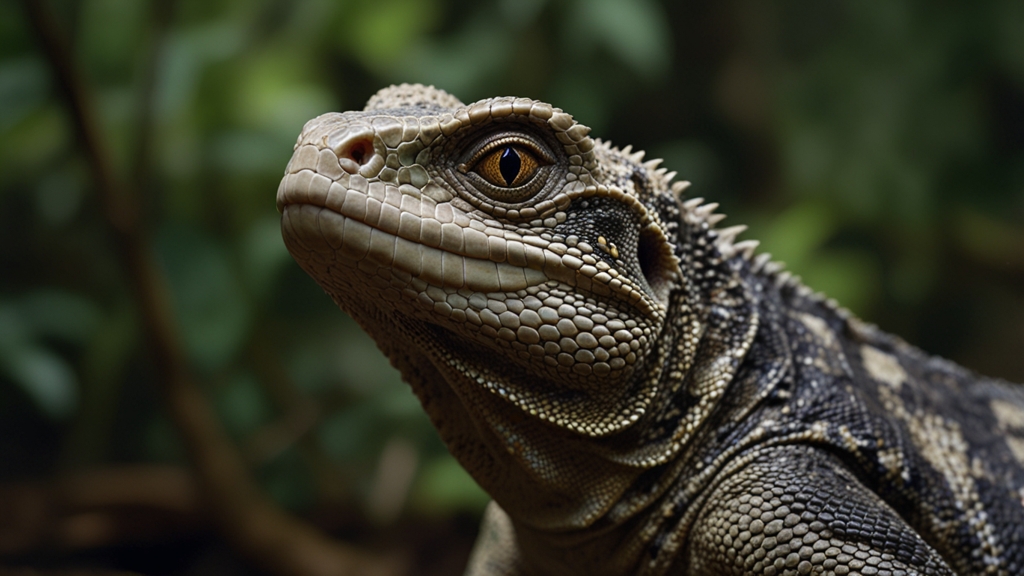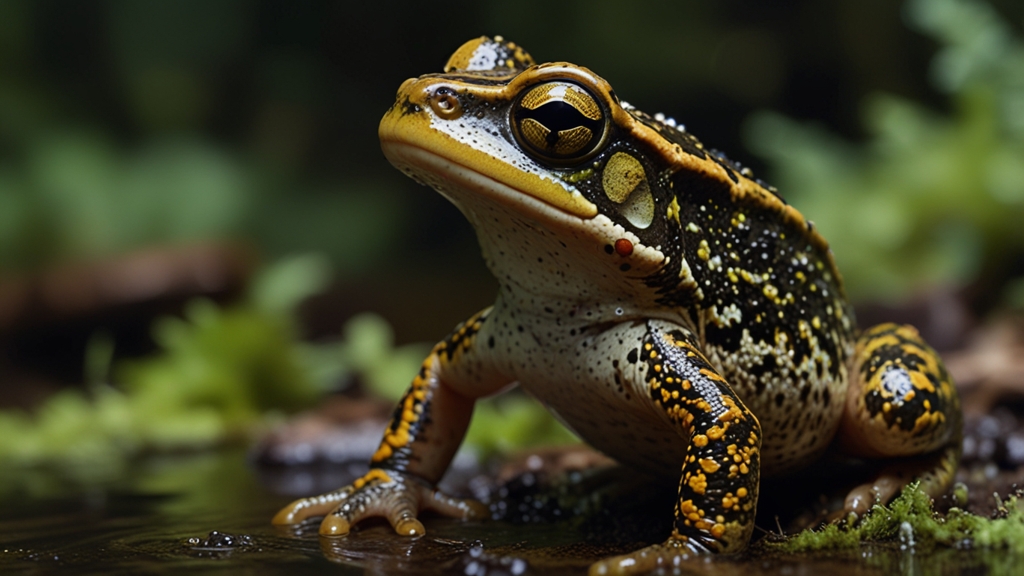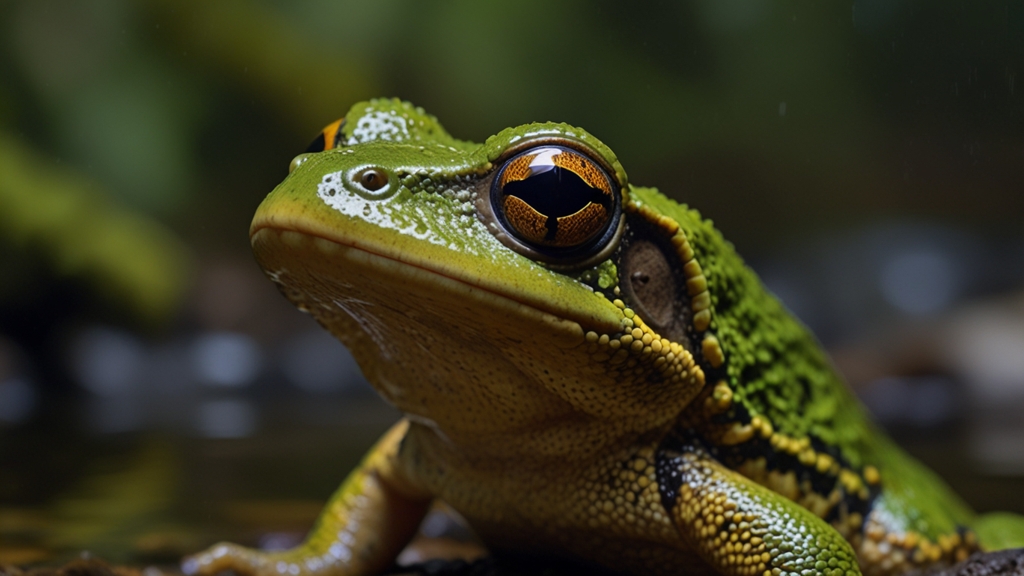The Reptilia Revolution: The Fascinating Future of Reptile Research
Reptiles, a diverse group of cold-blooded vertebrates, have long captivated human imagination. From the ancient legends of dragons to the serene stillness of a sunbathing lizard, these creatures offer a window into a world often overlooked. As we advance into the age of biotechnology and genomics, reptile research is poised for a revolution. This burgeoning field promises to unravel the mysteries of these fascinating beings and their role in ecosystems, medicine, and even climate change.
Genomic Insights: The Key to Evolutionary Mysteries
Reptile genomics is a frontier of biological research that is rapidly expanding. By decoding the genetic blueprints of various reptile species, scientists are uncovering evolutionary pathways that were previously hidden. One notable breakthrough is the decoding of the Komodo dragon's genome, which has revealed unique adaptations for hunting and immune responses.
The ability to sequence genomes at a fraction of the cost and time compared to a decade ago has opened up unprecedented opportunities for studying evolutionary biology.
Through comparative genomics, researchers can trace the evolutionary history of reptiles, shedding light on their diversification and adaptation mechanisms. This knowledge not only bolsters our understanding of reptile biology but also provides critical insights into vertebrate evolution as a whole.
Reptiles in Modern Medicine
Reptiles have been a rich source of medicinal compounds for centuries. Traditional remedies often incorporated snake venom for its potent biological effects. Today, modern science is harnessing these ancient practices through bioengineering and pharmacology. Research into reptile venoms, for example, has led to groundbreaking treatments for hypertension, clotting disorders, and even cancer.
One significant breakthrough is the development of captopril, a medication derived from the venom of the Brazilian pit viper, used to treat hypertension and heart failure.
As researchers delve deeper into the biochemical properties of reptile venoms and other secretions, the potential for new therapies and drugs continues to grow. This could transform the way we approach a range of medical conditions, leveraging the powerful biological tools these creatures possess.
Ecological and Environmental Impact
Understanding the role of reptiles in ecosystems is crucial for biodiversity conservation and environmental management. Reptiles often occupy pivotal positions in food webs, as both predators and prey. Their presence can significantly influence the population dynamics of other species, from insects to small mammals.
With the advent of climate change, reptiles are increasingly becoming indicators of environmental health. Their ectothermic nature makes them highly sensitive to temperature fluctuations, providing early warning signs of climatic shifts. Conservation efforts are incorporating this understanding to develop more effective strategies for protecting vulnerable species and habitats.
Technological Advancements in Reptile Research
Advances in technology are revolutionizing the way scientists study reptiles. Techniques such as CRISPR-Cas9 genome editing, radiotelemetry, and remote sensing are enabling more precise and comprehensive studies. These tools allow researchers to manipulate genes to study their functions, track movement and behavior in the wild, and monitor environmental conditions in real-time.
By integrating new technologies, researchers can gather data with greater accuracy and at scales previously unimaginable. This is paving the way for more holistic and informed conservation and ecological studies.
Moreover, innovations in data analysis, such as artificial intelligence and machine learning, are enhancing our ability to interpret complex biological and ecological data. These advancements are driving more nuanced and predictive models of reptile behavior and ecosystem interactions.
The Path Forward: Interdisciplinary Collaboration
The future of reptile research lies in interdisciplinary collaboration. By bringing together experts in genomics, medicine, ecology, and technology, we can build a comprehensive understanding of these remarkable animals. This collaborative approach is essential to address the multifaceted challenges faced by reptile populations today and to harness their potential for human benefit.
In conclusion, the Reptilia Revolution is more than just a scientific endeavor; it is a testament to the intricate connections between all living organisms. As we continue to explore the depths of reptile biology, we uncover not only the secrets of their survival but also insights that can drive innovations in medicine, conservation, and beyond. The journey ahead is full of promise, and the revelations we discover may very well redefine our understanding of life itself.









